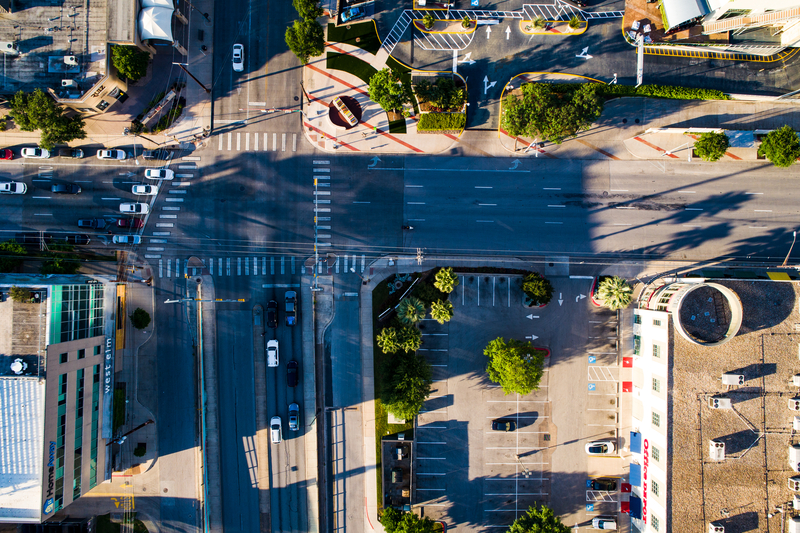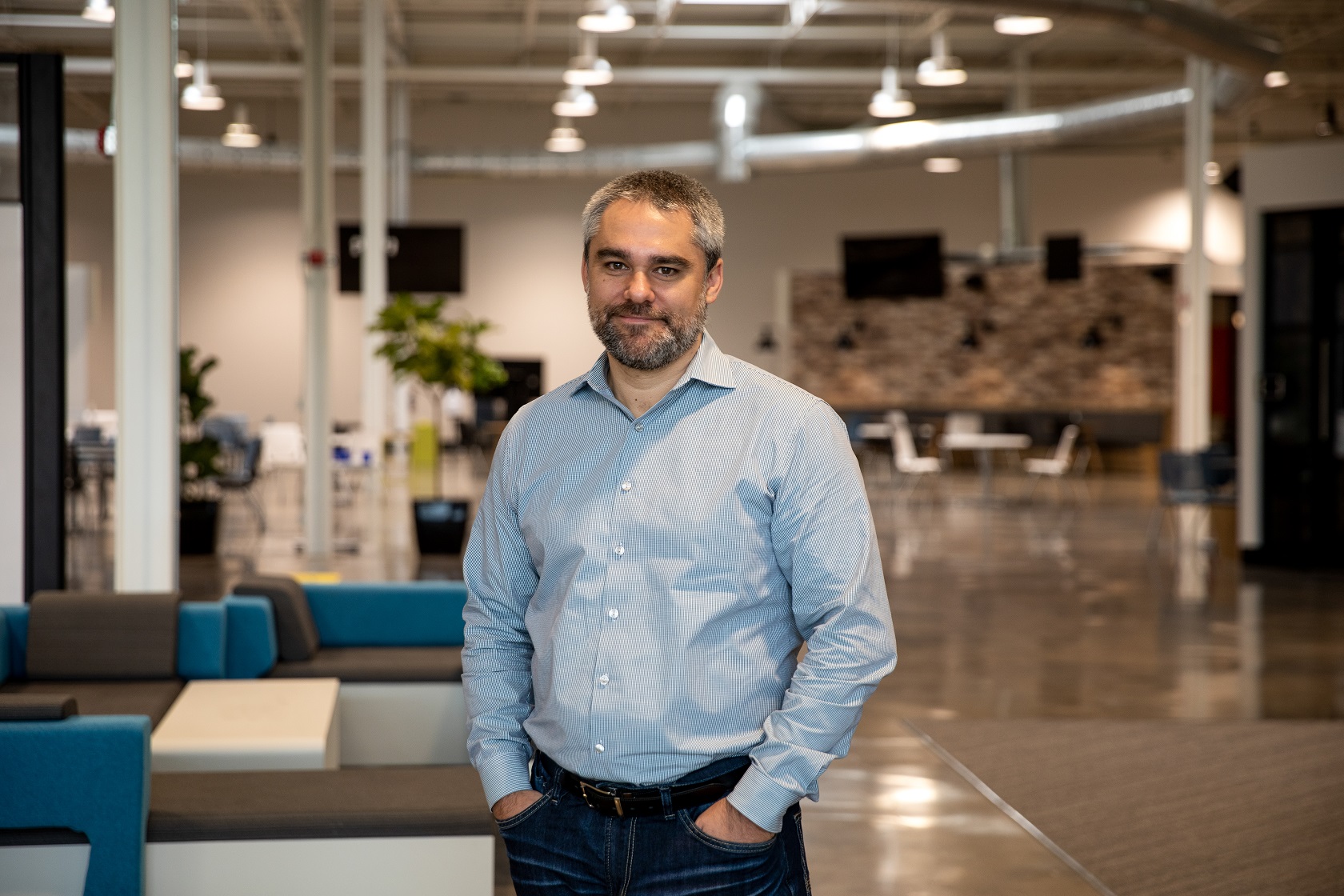
Signalised intersections have been around for over a century. For most of their history, traffic signals have been characterised by dedicated hardware systems that provide specific functionality – hardware that was expected to provide a service life of 25 years or more.
That reflected the reality of the early 20th century when hardware generally was relatively expensive and provided limited functionality. That was true in traffic intersections, factories – even in the home.
Many homes in the 1920s began to partake in a new form of mass media – the radio. In the 1920s, a typical radio might cost $150 – equal to nearly $2,300 today, adjusted for inflation. As time went on, radios became less expensive; hardware became less expensive to produce.
That meant that by 1964, a prosperous family could buy a home entertainment unit for $799.99 that incorporated modules that offered colour TV, a six-speaker stereo with a turntable to play records and an AM/FM radio. In inflation-adjusted dollars, that’s about $7,765 today – a lot of money, but if you had room in your living room for this sizeable unit, you’d be the envy of the neighbourhood.
That progression in home entertainment continued, adding tape and CD players. Hardware continued to get more sophisticated and better, but for a long time home entertainment – like our intersections – were defined by fairly expensive, limited-use hardware. New capabilities – new sound formats and improved sound quality – required new, dedicated hardware. Want something new? Add a new device.
That changed in 1999 with the launch of Napster – a peer-to-peer service for sharing music encoded in the MP3 format. Napster led to other download services – like iTunes – which in turn led to today’s streaming services. Music became digital data, divorced from specific storage media – tapes, CDs and records – and associated playback hardware. This shift led to a fairly dramatic shift in cost structure. Today, thanks to streaming services, a consumer can access 100 million songs and countless hours of podcasts for less than $20 per month. And they can listen via many different multipurpose devices – their phones and computers for example.
A single, flexible computing platform
Miovision believes that signalised intersections are about to have their Napster moment – a permanent shift away from being defined by dedicated hardware and towards flexible hardware capable of running a range of software-defined solutions.
Like a smartphone at the intersection, we’ll have a single, flexible computing platform that runs a growing array of software-defined solutions. This will enable cities to do more with their signalised intersections – improve safety, reduce pollution and noise, and enable connected vehicles, for example – without having to roll trucks and install new hardware at every intersection for each new solution.

But, for this to work, cities will need software platforms capable of delivering and integrating a range of different solutions. If all we do is shift from dedicated hardware to dedicated, proprietary software platforms, cities will be stuck with painful and expensive data integration projects and a lot of the potential of smart city data – identifying useful patterns in data from different sources – will be missed.
What’s needed is a kind of operating system for the intersection – a platform upon which cities can manage and integrate data from a whole range of solutions.
That’s our vision for the new software platform we’re debuting at the upcoming ITS America Conference & Expo – Miovision One.
Our near-term goal will be to integrate all of our solutions onto Miovision One – including those we’ve recently added through acquisitions. Over the coming quarters, customers will have a single interface and a single sign on to access more and more of our solutions. Having all of our solutions on a single platform will also significantly accelerate development, making it easier to get improvements – and new solutions – to the market.
But, while having all our solutions on a single platform is great, that’s not really an operating system for the intersection. We’ll continue to offer an open API to make it easy to integrate data from Miovision with other solutions, but that still requires some additional effort. Our ultimate goal, once we’ve integrated our own solutions, is to open up this platform to third-party solutions. That will give customers a range of solutions to choose from – and make it easier for innovators in our space to quickly access thousands of intersections.
Getting there will take some time, but we’re excited to launch the foundation of an operating system for the modern intersection.
To learn more, visit Miovision at ITS America Annual Meeting in Dallas at booth #809 - or go to www.miovision.com
Content produced in association with Miovision











